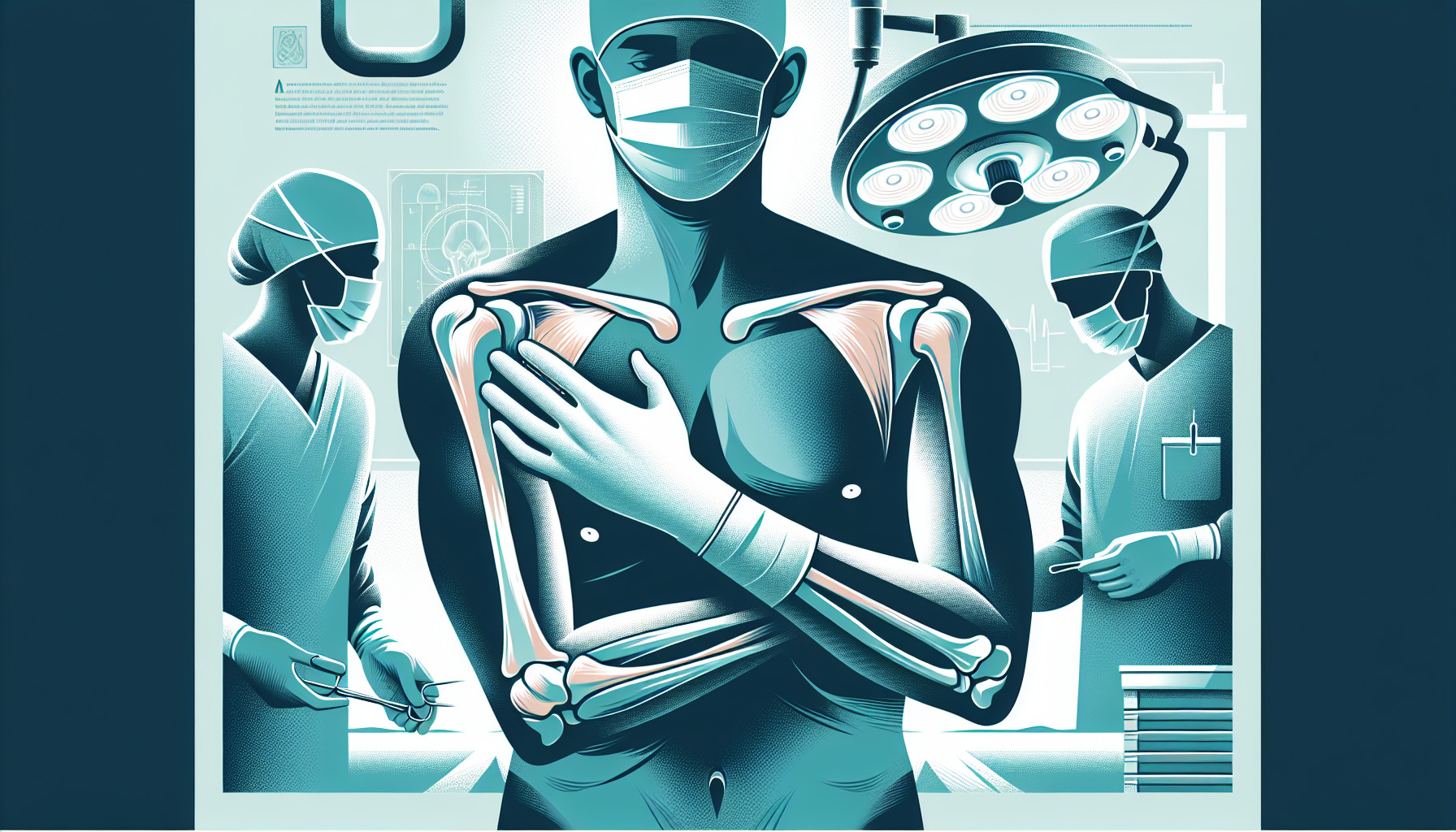Our Summary
This research paper discusses the Zavanelli manoeuvre, a technique used in difficult childbirth situations when the baby’s shoulder gets stuck (shoulder dystocia), or in cases of breech (baby is positioned feet first) and twin deliveries. The researchers have looked at data from 110 cases of shoulder dystocia, 11 breech and 11 twin deliveries.
The Zavanelli manoeuvre is usually a last resort, used when other methods have failed. However, the researchers suggest that many clinicians may not know how to perform this technique properly because they haven’t had enough training. This could cause delays in using the manoeuvre when it’s needed.
The paper explains how the Zavanelli manoeuvre works and provides a step-by-step guide to the technique. The primary focus is on how the manoeuvre is used in cases of shoulder dystocia, but the researchers also discuss its use in breech and twin deliveries.
Lastly, the paper discusses the mental stress that an obstetrician (a doctor who specializes in pregnancy and childbirth) experiences when making quick decisions in severe shoulder dystocia cases. It also explores how people in other fields are trained to handle rare and unexpected situations.
FAQs
- What is the Zavanelli manoeuvre and when is it typically used?
- How is the cephalic replacement technique performed in the Zavanelli manoeuvre?
- What is the role of the Zavanelli manoeuvre in impacted breech and locked twin deliveries?
Doctor’s Tip
A helpful tip a doctor might tell a patient about shoulder replacement is to follow the post-operative rehabilitation plan diligently. This may include physical therapy exercises to help regain strength and range of motion in the shoulder. It is important to be patient and consistent with the rehabilitation process in order to achieve the best possible outcome from the shoulder replacement surgery.
Suitable For
Patients who are typically recommended for shoulder replacement surgery are those who have severe shoulder pain and dysfunction that is not responding to conservative treatment methods such as physical therapy, medications, and injections. These patients may have conditions such as osteoarthritis, rheumatoid arthritis, or a traumatic injury that has caused significant damage to the shoulder joint. Shoulder replacement surgery is usually considered as a last resort when other treatment options have been exhausted and the patient’s quality of life is significantly impacted by their shoulder condition.
Timeline
Before shoulder replacement:
- Initial consultation with an orthopedic surgeon to discuss the need for shoulder replacement due to severe pain and limited mobility.
- Pre-operative assessments including X-rays, MRI scans, and blood tests to evaluate the condition of the shoulder joint.
- Discussion of surgical options, risks, and benefits with the orthopedic surgeon.
- Pre-operative physical therapy to strengthen the muscles surrounding the shoulder joint.
- Hospital admission on the day of surgery for the shoulder replacement procedure.
After shoulder replacement:
- Recovery in the hospital for a few days following the surgery.
- Physical therapy sessions to regain strength and range of motion in the shoulder joint.
- Pain management medications to control post-operative discomfort.
- Follow-up appointments with the orthopedic surgeon to monitor the healing process and check for any complications.
- Gradual return to normal activities and daily living with improved shoulder function and reduced pain.
What to Ask Your Doctor
- What are the potential risks and complications associated with shoulder replacement surgery?
- How long is the recovery process after shoulder replacement surgery?
- What type of shoulder replacement procedure do you recommend for my specific condition?
- What is the success rate of shoulder replacement surgery in patients with similar conditions to mine?
- How long can I expect the shoulder replacement to last before needing a revision surgery?
- What type of physical therapy or rehabilitation will be needed after shoulder replacement surgery?
- Are there any restrictions or limitations on activities or movements after shoulder replacement surgery?
- How soon can I expect to see improvement in my shoulder function after the surgery?
- What signs or symptoms should I watch out for that may indicate a complication after shoulder replacement surgery?
- Are there any alternative treatments or therapies that I should consider before opting for shoulder replacement surgery?
Reference
Authors: Dharmasena D, Berg L, Hay A, Yoong W. Journal: Eur J Obstet Gynecol Reprod Biol. 2021 Nov;266:63-73. doi: 10.1016/j.ejogrb.2021.09.011. Epub 2021 Sep 17. PMID: 34592651
